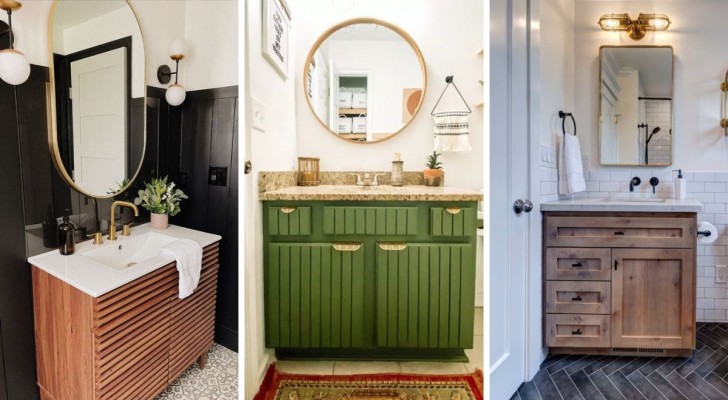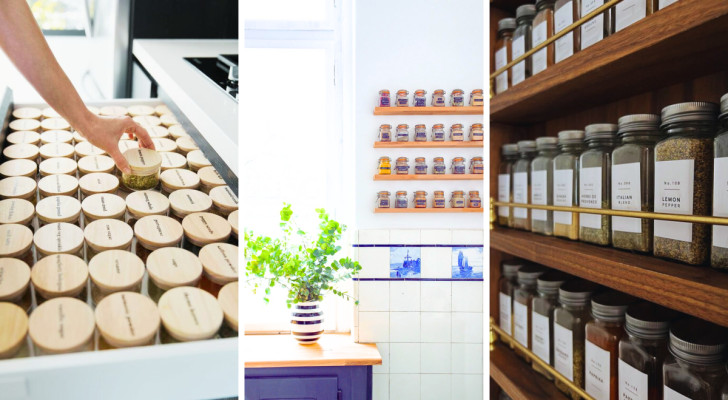Are you sure your bathroom is properly ventilated? Here are some pointers
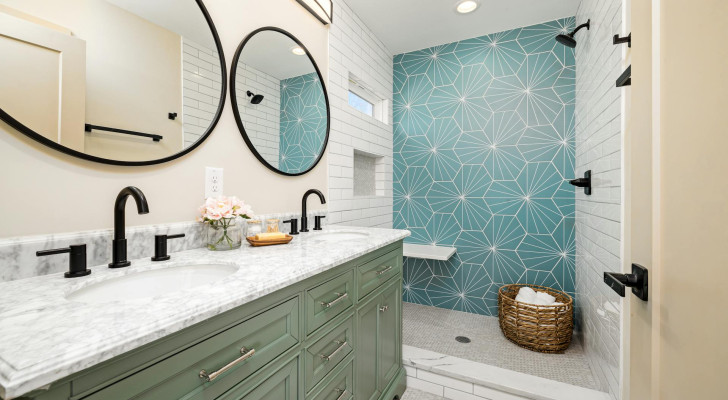
It frequently happens that an excessive amount of humidity builds up in the bathroom due to insufficient or inadequate ventilation (including closed windows and/or an extractor fan that is too small or malfunctioning).
However, the importance of reducing humidity in your bathroom is fundamental in order to ensure a healthy environment (and that fixtures and fittings will not be damaged by the moisture).
So, how can you ensure that your bathroom is always properly ventilated? Here is some advice:
How to ensure proper ventilation in the bathroom
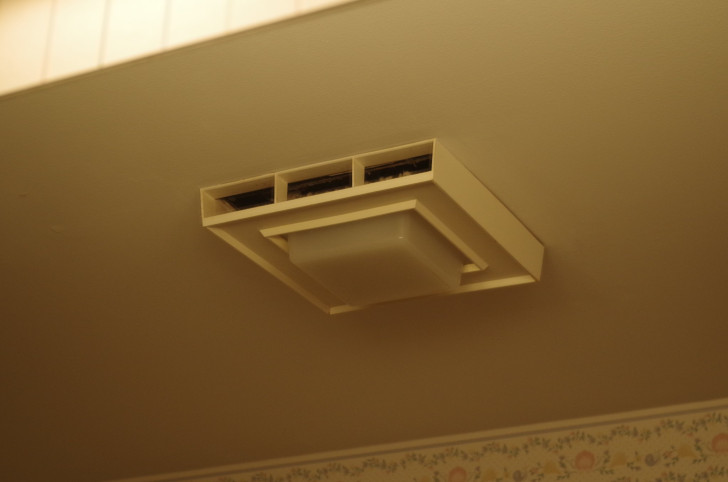
If you notice damp stains, unpleasant odors, mold, peeling wallpaper or paint in your bathroom, then you have a humidity problem and need to act.
If your bathroom has a window, open it regularly and for long enough to ensure a change of air. That said, it will also be necessary to install a decent extractor fan to guarantee more effective and long-lasting results.
If, however, your bathroom does not have a window, the above-mentioned fan takes on even greater importance and a high-quality model should be purchased:
- Firstly, make sure the fan is the right size and power: in many cases, humidity problems are caused by an undersized or underpowered fan;
- Use the fan correctly: turning it on about 30 minutes before running the shower and leaving it on for about an hour after having taken your shower;
- The position of your fan is also important: a central fan or two fans in different spots of your bathroom will be more efficient than a single fan;
- Finally, remember to periodically clean the fan, as the narrow, thin blades can easily accumulate dust which could compromise its performance.
At all times, make sure you remove excess humidity by drying the sink, the tub, the shower cubicle and also the doors, walls and other exposed surfaces after use. In this way, you can also avoid limescale forming.
Other remedies to improve bathroom ventilation
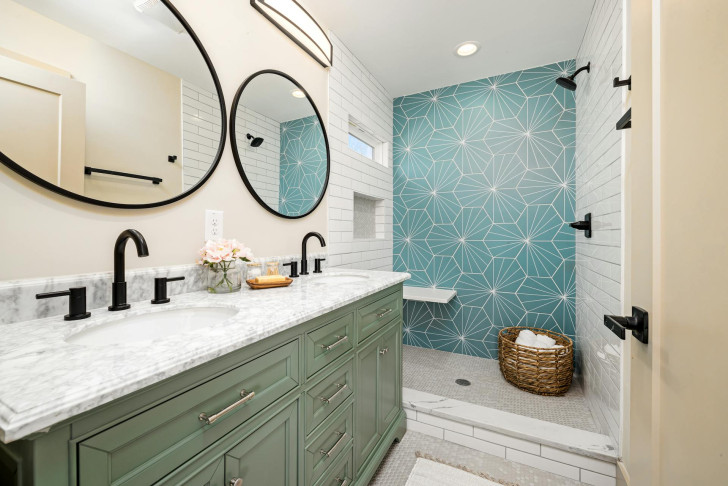
There are also other measures you can take to prevent humidity from building up in your bathroom:
- Dehumidifiers: these can be useful to support the work of the fan, especially if it is under-powered. The disadvantage of this solution is the size of the dehumidifier, which could be an issue if your bathroom is very small;
- Rock salt: a practical, economical and space-saving alternative to getting a dehumidifier is to make a DIY humidity absorber using rock salt. Simply place the salt in a bowl, a glass jar or a plastic bottle cut in half and place it in your bathroom to help remove excess humidity;
- Plants: some plant species find a bathroom environment ideal, and can help to absorb excess humidity in the air. Aloe vera, for example, will not require further watering as it absorbs the ambient humidity; ferns or begonias, in addition to absorbing humidity, will also adapt perfectly to poor lighting conditions; orchids do the same and also look beautiful.
Are you sure that your bathroom is properly ventilated?
